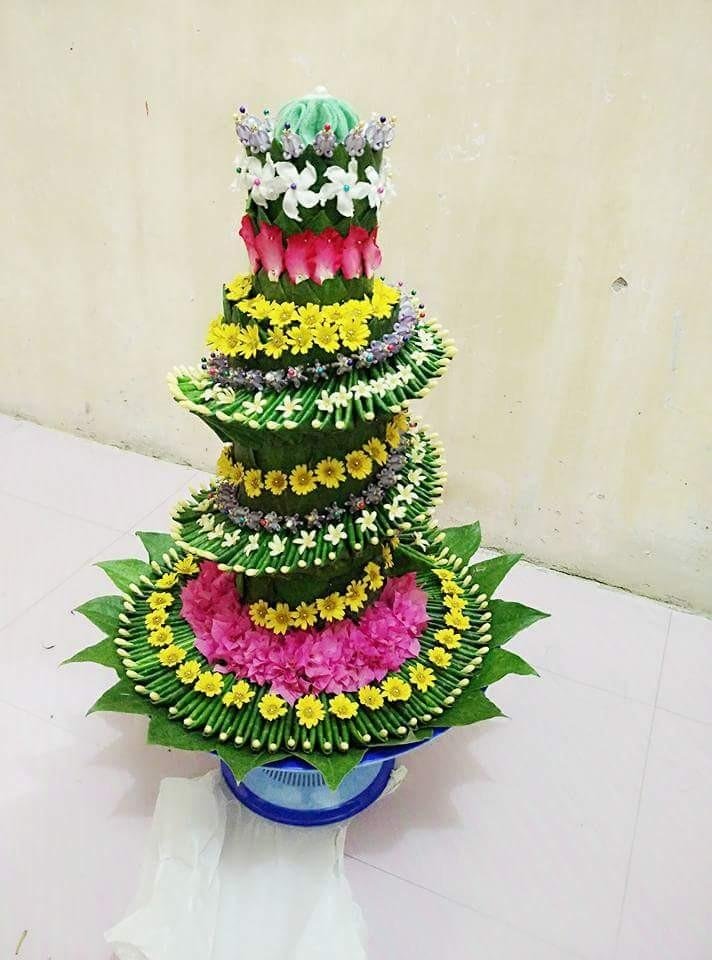
If there is a statement that the habit of slaughtering or eating ranub has existed since time immemorial, then the statement is considered reasonable. This is because indigenous customs are known almost throughout Asia, even by nearly a tenth of the world's population. In the area of Aceh, chewing ranub (betel) is one part of tradition that has been hereditary done.If we look across the Baiturrahman Great Mosque will look crowded from morning until the evening seller who sell ranub ranub.

The tradition of eating ranub in Aceh culture is a cultural heritage of the past, more than 300 years ago or in Neolithic times, to date. When we look at the past, our parents have a tradition of "eating ranub" or "slicing".It is said that the tradition of eating ranub is brought by the Malay clump of the nation since approximately 500 years before Christ to several countries in Southeast Asia including Indonesia. The tradition of chewing ranub leaves in which beiris betel nut, gambier and a little lime. Lime ranub is believed to strengthen the gum's grip on the teeth.Many of these cultural advocates live in Southeast Asia and consist of various groups including lower society, religious leaders and the court.
Ranub, or in Indonesian called sirih, is a kind of vines that breed through the stem of a stem and a child that grows from its trunk that travels on the ground. For the people of Aceh, ranub has a high value.In the past ranub always associated with the spirit at the time of Malay heroism. A ranub met with veins eaten with areca nut, lime and gambier is said to be able to raise the spirit of the hero who will fight. The use of ranub in Aceh can be traced from the study of the ancient manuscripts of the book "Mujarabat".In the book Mujarabat that has been diihiharakan, ranub and pinang mentioned repeatedly as ingredients of medicine.
At the time of the sultanate of Aceh, ranub played an important role not only as a material of consumption, but also used in ceremonies of the Sultan's sultan.In its development, ranub also occupy an important role in life cycle system (life cycle) of Aceh society. If there are official events such as weddings, celebration of circumcision, even burial even corpses, ranub seems to be food or delivery obligatory. Here is an overview of the importance of ranub for the people of Aceh in the life cycle system:
1.At the time of delivery, the prospective baby's family will visit the midwife who will handle the birth of the baby. This arrival is called peunulang which means to surrender the life and death of the mother and the baby to the midwife.Peunulang carried out by bringing some conducts including ranub kick (ingredients ranub), clothing sesalin and money perfunctory.
- At the wedding ceremony.Precisely at the time the two families of the bride to agree on the date of marriage, the prospective bridegroom will come to the bride's prospective home with ranub kong haba (betel booster) as a symbol of marriage (engagement)
Meaning given by the people of Aceh to ranub was not single.There are many social and cultural meanings contained from the tomb.
- Ranub as a guest breeding symbol. This is very clearly seen both in the arts (Ranub Lam Puan Dance) and the various banquet shows to the guests, besan and also the respected people
- Ranub as a symbol of peace and social warmth
- Ranub as a medium of social communication.In this case ranub often disclosed with termranub sigapu which means as a communication opener.

great post, very nice pics, indigenous material is great, its an art, bravo ;)
thanks. On upvote. Hehehe
Restem plis
thanks. On upvote. Hehehe
thanks. On upvote. Hehehe